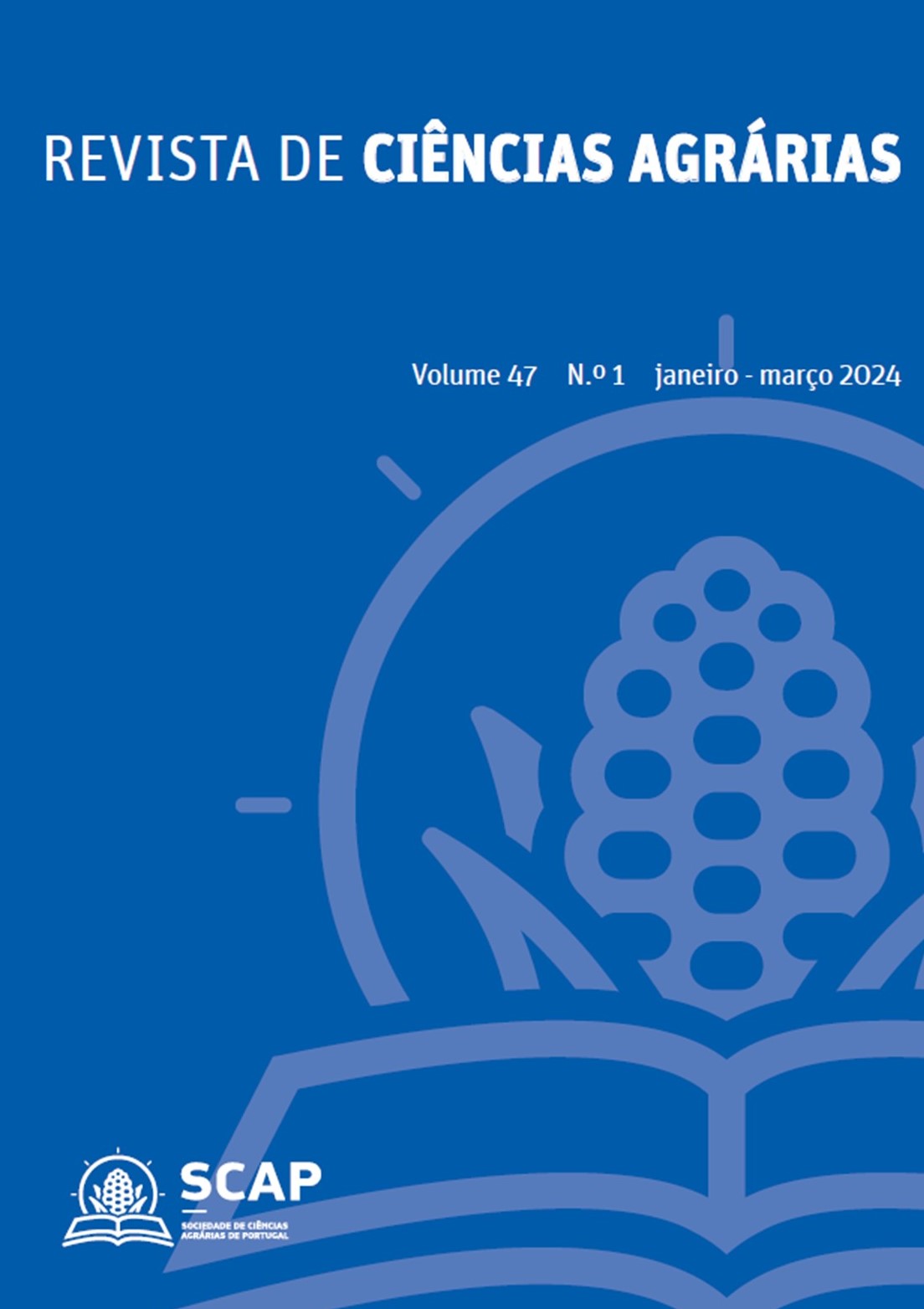Potential of different common (Fagopyrum esculentum Moench) and Tartary (Fagopyrum tataricum (L.) Gaertn.) buckwheat accessions to sustainably manage surrounding weeds
DOI:
https://doi.org/10.19084/rca.34929Abstract
Excessive use of synthetic herbicides can cause environmental and public health problems, as well as herbicide-resistant weeds, so it is imperative to find a more sustainable method of weed management. In this study, twenty-nine accessions of two buckwheat species (Fagopyrum esculentum Moench (common buckwheat) and Fagopyrum tataricum (L.) Gaertn. (tartar buckwheat) were evaluated against two synthetic herbicide resistant weeds, the monocotyledonous Lolium rigidum Gaud. and the dicot Portulaca oleracea L. The results suggest that buckwheat accessions can sustainably manage both weed species through plant interference such as competition or allelopathy. We found that F. esculentum accessions were more effective against L. rigidum and F. tataricum accessions against both weeds. The study also included analysis of the chemical profile of the buckwheat accessions (plant polyphenol content) in order to relate it to the ability to sustainably manage weeds. Common buckwheat accessions showed more orietin, vitexin and hyperoside, while tartar buckwheat accessions showed higher amounts of rutin, quercetin and kaempferol which may be responsible for the different effects observed on weed growth. We propose that screening and selection of accessions with high polyphenol content and good growth may be a step towards organic farming due to their positive relationship with sustainable weed management.


